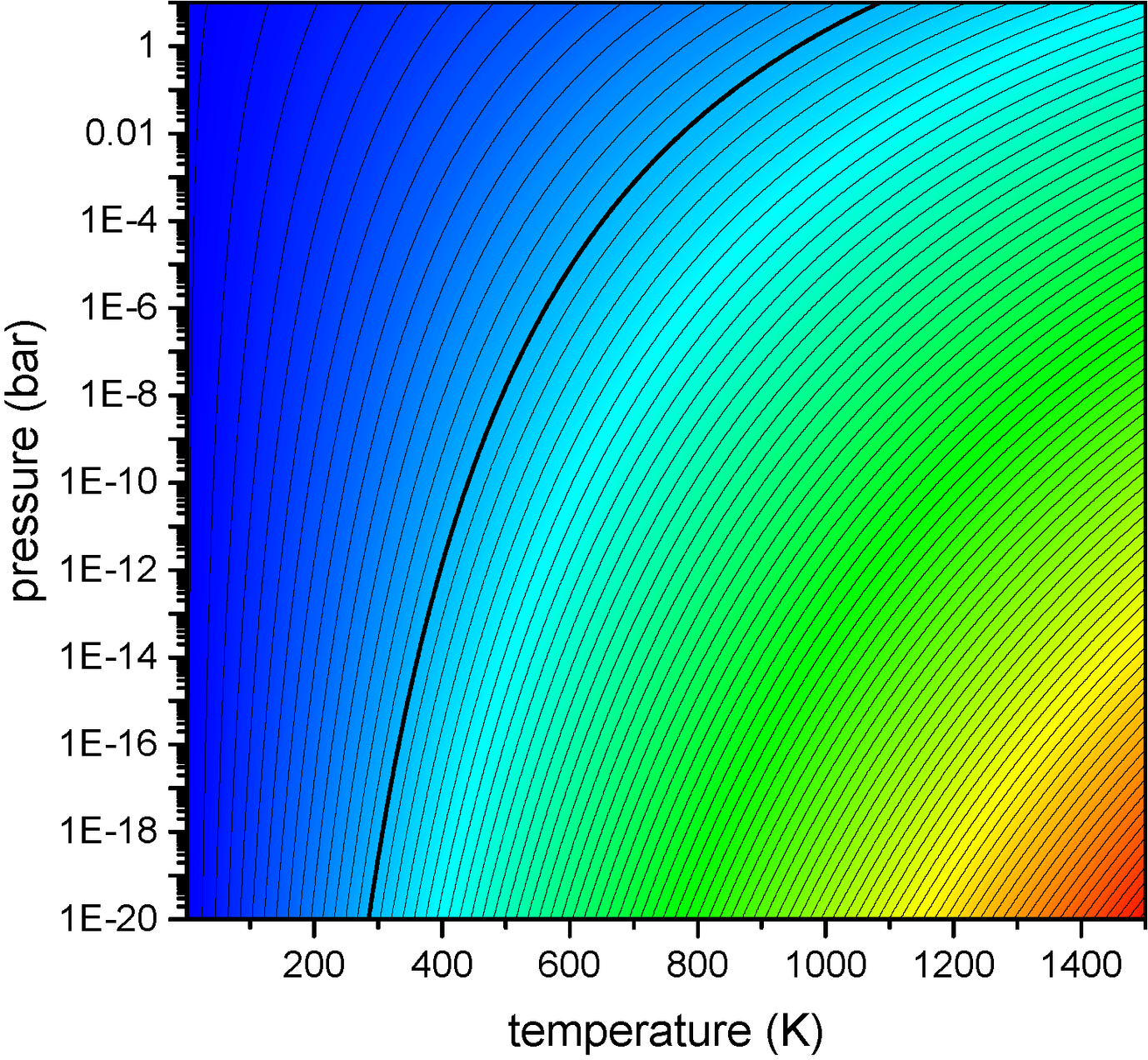III-Nitride surfaces
A prerequisite towards achieving biological and chemical sensing applications is to to investigate, understand and quantify the effect of the absorbants on the electronic structure of surfaces. Surface states at semiconductors influence the electronic properties of devices and heterostructures since they can induce Fermi level pinning and bending of the conduction and valence band at the surface and at the interfaces.
In a common project with the Institut für Physik and Institut für Mikro- und Nanotechnologien (TU Ilmenau, Germany) we investigate the electronic structure and the formation of GaN surfaces combining ab-initio DFT calculations with in-situ photoelectron spectroscopy. The aim of this project is to provide a fundamental understanding of the adsorption processes at the atomic level, and to explore the potential for functionalization of the III-Nitride surfaces.

A common impurity which is intentionally or unintentionally present during growth of III-Nitride surfaces is hydrogen. Furthermore, hydrogen serves as a simple model to study the interaction and adsorption of molecules and atoms in the gas phase with the surface; an insight which is crucial to build and optimize sensor applications.
The electronic and vibrational properties as well as the thermodynamics and kinetics of molecular and atomic hydrogen adsorption/desorption at/from non-polar GaN surfaces are investigated in a synergetic collaboration between DFT calculations and ultraviolet (UPS) and X-ray (XPS) photoelectron as well as electron energy loss (EELS) spectroscopy experiments (Institut für Physik and Institut für Mikro- und Nanotechnologien MacroNano, at the Technische Universität Ilmenau).
